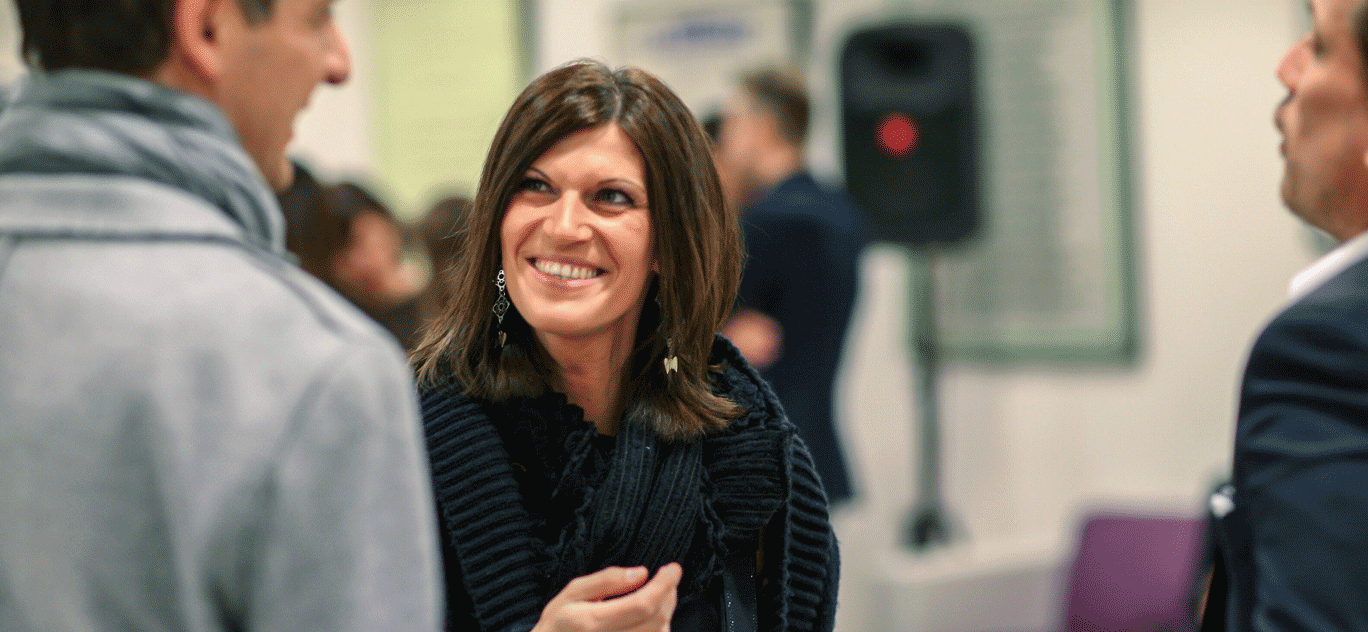Top 8 global consumer trends you should know in 2018

Despite the abundance of information, the consumer remains harder than ever to understand. In 2018, we see traditional life-stage progressions no longer conforming to rigid patterns, and may not even feature in consumer lives. Brands have new opportunities to optimize products, prices, engagement and empathetic experiences for the individual shopper, while new technology promises to empower consumers yet also upend traditional business models.
Take a look at the global consumer themes that promise to impact the customer experience for the year ahead.
1. Engineered empathy
Emotional intelligence—the ability to empathize and engage on a human level—will become a core and advocacy-building consumer expectation. Consumers have a growing expectation of emotionally intelligent interaction with brands across multiple channels—from messenger apps and AI-powered chatbots to human reps and Twitter—and will increasingly want to see themselves reflected in commercial interactions. A brand’s functional attributes, including commitment to value, well-located stores, and quality, cannot indefinitely sustain customer engagement. Rather, its ability to satisfy emotional needs will become an increasingly vital factor inside B2C relationships.
56% of global consumers are interested in using an online shop assistant to talk to for advice as they browse products online.
Source: Foresight Factory | Base: 500 – 4000 per country online respondents aged 16 – 64 (Indonesia 16 – 54), 2017 August
2. Life in beta mode
The Internet of Things era has created a world in which products routinely upgrade and improve long after purchase. Brands should expect a greater need for post-purchase support, value-signalling and a clear process of rolling onboarding, and are urged to deliver a constant stream of positive confirmation that their product has been a worthy investment as well as new reasons to engage. Providing post-purchase value-signalling can help lessen any lingering anxiety relating to price or doubts about their purchase.

52% of global consumers are interested in using a chat messenger service to ask a company or brand questions about how to use a product or service.
Source: Foresight Factory | Base: 500 – 4000 per country online respondents aged 16 – 64 (Indonesia 16 – 54), 2017 August
3. Mechanized truth
Truth, trust and believability are all under serious pressure in a consumer landscape developing a healthy disrespect for traditional arbiters of truth and authority. Consumers are seeking new, centralized routes to commercial truth-building where tangible, mechanized truths more robustly challenge emotionally-charged “alternative facts” and meet a significant need for corporate transparency. Consumer tools that illustrate supply-chain safety, clarify a brand’s stated CSR impact, and validate marketing imagery all have appeal to the 2018 consumer.
“32% of EU5 claim to have used a mobile to read a review about a product while shopping in store, increasing from 20% in 2014.”
Source: Foresight Factory | Base: 500 – 4000 per country online respondents aged 16 – 64 (Indonesia 16 – 54), 2017 August
4. Anti-automation
Entrepreneurs, policy makers, technologists and everyday consumers are all worried about the disruption to working and leisure lives caused by automation and evolving AI. Although most consumers will welcome the multiple benefits that automated innovation brings, disquiet about job prospects, spending power, and status creates opportunities for brands to create supportive messaging as well as new skills to help consumers adapt.

55% of global consumers agree that “companies should prioritize employing humans over robots/automated services even if it means they have to charge higher prices”.
Source: Foresight Factory | Base: 500 – 4000 per country online respondents aged 16 – 64 (Indonesia 16 – 54), 2017 August
5. Latchkey loyalty
Anticipate consumers to seriously review long-term and overly complex commercial entanglements in favor of commitment-lite engagement where simplicity and ease of entry/departure are emphasized. A reluctance to be tied down creates the opportunity for brands to offer on-demand, bite-sized, leave-when-you-like commercial arrangements. This isn’t the end of traditional contracts nor consumers demanding rewards for repeat custom. Rather, brands should consider bringing fresh creativity to how commitment is communicated, as well as new features: try-before-you-buy, pay-as-you-use, zero-notice, or flexible pricing.
47% of Gen X consumers in GB say they have “actively avoided buying a product/service in the past because the contract tied me in for a long period of time”.
Source: Foresight Factory | Base: 500 – 4000 per country online respondents aged 16 – 64 (Indonesia 16 – 54), 2017 August
6. Fine to be fallible
This trend describes a world increasingly at ease with the notion that failure is a necessary prerequisite of success, and an acceptable consequence of being human. This gives an opportunity to associate brands with the kaleidoscope of human endeavor and carefully address failings of their own. Consumers are less forgiving of brands that fail to meet exacting expectations, but this does not excuse corporate shortcomings. Rather, it invites brands to readily and rapidly acknowledge where and when mistakes have been made and how this insight is being mined to improve products, services and customer experience.

45% of global consumers agree “I like brands/ companies that do not take themselves too seriously”.
Source: Foresight Factory | Base: 500 – 4000 per country online respondents aged 16 – 64 (Indonesia 16 – 54), 2017 August
7. Quest to purchase
Brands should recognize the perceived value of a deliberately contrived pre-checkout challenge. For the one-click generation who are used to zero delay between intent and satisfaction, new barriers to buying with opportunities to compete for favored brands’ custom in offline settings provides new routes to fun and status. Treasure hunts, puzzles and challenges can create a sense of exclusivity and drive excitement around a product release, nurture a sense of community among brand fans, increase positive shares on social media, and create point-of-sale connections with play, and not price, at their core.
40% of global consumers have used their mobile phone to compare prices while in-store to check if I could buy an item more cheaply elsewhere.
Source: Foresight Factory | Base: 500 – 4000 per country online respondents aged 16 – 64 (Indonesia 16 – 54), 2017 August
8. Custom at all costs
Price sensitivity remains a key and determining feature of the consumer landscape, and recent years have seen much price elasticity innovation to appeal to consumers. In 2018 and beyond, anticipate more flexible, time-sensitive, personalized and progressive pricing models to differentiate and entice. Brands will warm to offers that complement fixed prices with innovation that: invites a pricing dialogue (on- or offline); uses collected data, proactively respects the customer’s particular context or lifestyle circumstances; and allows the buyer to avoid headline prices in favor of a pay-as-you-use approach.
66% of global consumers say that “When shopping online I would like to be able to negotiate prices with suppliers”.
Source: Foresight Factory | Base: 500 – 4000 per country online respondents aged 16 – 64 (Indonesia 16 – 54), 2017 August
Go global with Gengo’s people-powered translation platform.
or Contact us


